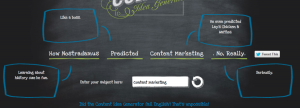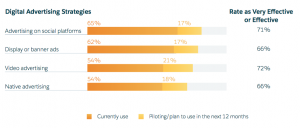SEOs often focus heavily on accumulating inbound links, but don’t overlook links within your site. Columnist Dave Davies shares his guide for how to structure your site’s internal links.

Let’s begin by quickly talking about what an internal link is. An internal link is a link from a webpage to another resource on the same domain. That resource may be another webpage (what we’ll be focusing on here) but can also include links to media files, downloads and more.
Here are two primary considerations we need to make when thinking about our website’s internal link structure:
- Users. Obviously, you should first consider when thinking about where to place links on a page and where they should lead. We want to get users from where they are to where they want to go (or where we want them to go) as quickly and easily as possible.
- Search engines. Another critical consideration is how a search engine will view the internal links on your site and how they will pass their weight.
I’m going to leave discussions around the first point above to others stronger in design and UX and focus here on what we need to think about from an SEO standpoint when we’re viewing our internal link structure.
I’m going to assume that we all understand that broken links bleed PageRank and are horrible for SEO and UX, so we’ll skip that point and move on to the more technical side of link structures. So, let’s start with …
[Read the full article on Search Engine Land.]
Some opinions expressed in this article may be those of a guest author and not necessarily Marketing Land. Staff authors are listed here.
Marketing Land – Internet Marketing News, Strategies & Tips
(37)
Report Post








